Home>Technology>Smart Home Devices>Why Wi-Fi Router Keeps Disconnecting


Smart Home Devices
Why Wi-Fi Router Keeps Disconnecting
Modified: January 4, 2024
Discover the reasons why your smart home devices keep disconnecting from the Wi-Fi router and learn how to troubleshoot the issue effectively. Ensure seamless connectivity for all your devices.
(Many of the links in this article redirect to a specific reviewed product. Your purchase of these products through affiliate links helps to generate commission for Storables.com, at no extra cost. Learn more)
Introduction
Introduction
Welcome to the age of smart homes, where Wi-Fi routers serve as the backbone of our interconnected lives. Picture this: you’re in the middle of an intense online gaming session, binge-watching your favorite series, or trying to meet a deadline, and suddenly, your Wi-Fi connection drops. The frustration and inconvenience that come with a Wi-Fi disconnection are all too familiar to many of us. But fear not, for in this article, we’ll delve into the common causes of Wi-Fi disconnection and explore practical solutions to keep your Wi-Fi connection stable and reliable.
Before we dive into troubleshooting, it’s essential to understand that a Wi-Fi disconnection can stem from various factors, ranging from technical issues to environmental interferences. By gaining insights into these potential culprits and learning how to address them, you can take proactive measures to minimize the occurrence of Wi-Fi disconnections and optimize your home network for seamless connectivity.
Common Causes of Wi-Fi Disconnection
Key Takeaways:
- Wi-Fi disconnections can be caused by interference from other devices, outdated router firmware, and physical obstructions. Optimizing router placement, updating firmware, and minimizing signal interference are key solutions to address these issues.
- To prevent Wi-Fi disconnections, consider investing in quality hardware, implementing network segmentation, and utilizing Wi-Fi extenders. Regular maintenance, addressing environmental factors, and proactive troubleshooting can help optimize your home network for seamless connectivity.
Read more: Why Is The Wi-Fi Router Blinking Red
Common Causes of Wi-Fi Disconnection
Wi-Fi disconnections can be attributed to a multitude of factors, and understanding these common causes is pivotal in troubleshooting and resolving connectivity issues. Here are some prevalent culprits behind Wi-Fi disconnections:
- Interference from Nearby Devices: The presence of other electronic devices, such as microwave ovens, cordless phones, and Bluetooth gadgets, can interfere with Wi-Fi signals, leading to intermittent disconnections.
- Signal Range Limitations: If your Wi-Fi router is located too far from the devices it’s meant to serve, signal strength may weaken, resulting in frequent disconnections.
- Network Congestion: In densely populated areas or within households with numerous connected devices, network congestion can strain the Wi-Fi bandwidth, causing disruptions in connectivity.
- Outdated Router Firmware: Failure to update your router’s firmware can lead to compatibility issues with newer devices and may contribute to unstable connections.
- Physical Obstructions: Thick walls, large furniture, and other physical barriers can impede the transmission of Wi-Fi signals, leading to signal dropouts and disconnections.
- Channel Interference: Overlapping Wi-Fi channels from neighboring networks can create interference, resulting in degraded signal quality and frequent disconnects.
- Router Overload: Routers handling an excessive number of connected devices or running resource-intensive applications may struggle to maintain stable connections for all devices.
- Environmental Factors: Environmental elements such as electrical interference, extreme temperatures, and humidity can impact the performance of Wi-Fi routers, potentially leading to disconnections.
By identifying these common causes, you can begin to troubleshoot your Wi-Fi connectivity issues with greater insight. In the next section, we’ll explore practical solutions to address these issues and enhance the stability of your Wi-Fi network.
Solutions to Wi-Fi Disconnection
Make sure your router is placed in a central location and away from obstructions. Update the router’s firmware and adjust the channel settings to reduce interference. Also, consider using a wired connection for devices that require a stable connection.
Solutions to Wi-Fi Disconnection
Now that we’ve uncovered the common culprits behind Wi-Fi disconnections, it’s time to explore effective solutions to mitigate these issues and bolster the stability of your home network. Here are practical steps you can take to address Wi-Fi disconnections:
- Optimize Router Placement: Position your Wi-Fi router in a central location within your home to ensure optimal signal coverage. Avoid placing it near large obstructions or in close proximity to devices that emit electromagnetic interference.
- Update Router Firmware: Regularly check for firmware updates for your router and install them to ensure compatibility with the latest devices and to benefit from performance and security enhancements.
- Minimize Signal Interference: Switch your router to a less congested Wi-Fi channel to reduce interference from neighboring networks. Additionally, relocate or reposition electronic devices that may be causing signal disruption.
- Invest in Quality Hardware: Consider upgrading to a modern, high-performance router that offers improved signal strength and advanced features to better handle multiple connected devices.
- Implement Network Segmentation: If you have a multitude of connected devices, consider segmenting your network to allocate bandwidth more efficiently and prevent one device from monopolizing resources.
- Utilize Wi-Fi Extenders or Mesh Systems: Extend the coverage of your Wi-Fi network by deploying range extenders or a mesh Wi-Fi system, particularly in larger homes or areas with signal dead zones.
- Perform Regular Maintenance: Routinely restart your router and perform basic maintenance tasks, such as clearing the device cache and conducting speed tests, to ensure optimal performance.
- Address Environmental Factors: Shield your router from extreme temperatures and humidity, and mitigate electrical interference by using surge protectors and quality power outlets.
By implementing these solutions, you can proactively address the common causes of Wi-Fi disconnection and optimize the performance of your home network. With a stable and reliable Wi-Fi connection, you can enjoy uninterrupted online activities and maximize the potential of your smart home devices.
Conclusion
Conclusion
In the realm of smart homes and interconnected devices, a stable Wi-Fi connection is the linchpin that sustains seamless connectivity and facilitates the functionality of smart home devices. By gaining insights into the common causes of Wi-Fi disconnection and implementing practical solutions, you can fortify your home network and minimize the disruptions that often accompany unreliable connectivity.
From addressing signal interference and optimizing router placement to investing in modern hardware and performing routine maintenance, the steps outlined in this article empower you to take proactive measures in safeguarding your Wi-Fi connection. By doing so, you can unlock the full potential of your smart home ecosystem, ensuring that your devices operate harmoniously and respond promptly to your commands and preferences.
As technology continues to advance and smart home devices become increasingly integrated into our daily lives, the importance of a stable Wi-Fi connection cannot be overstated. Whether you’re controlling smart lighting, monitoring home security systems, or streaming media content, a robust and reliable Wi-Fi network forms the cornerstone of these experiences, enhancing convenience and enriching your lifestyle.
By remaining vigilant against common Wi-Fi disconnection culprits and adopting a proactive approach to network optimization, you can cultivate an environment where your smart home devices operate seamlessly and respond promptly to your needs. Embracing these best practices ensures that your Wi-Fi network remains a steadfast ally, empowering you to fully embrace the conveniences and efficiencies of the smart home revolution.
So, as you navigate the realm of smart home technology, remember that a stable Wi-Fi connection is not merely a convenience – it’s the conduit through which the magic of smart devices comes to life, enriching your daily experiences and streamlining your interactions with the digital world.
Frequently Asked Questions about Why Wi-Fi Router Keeps Disconnecting
Was this page helpful?
At Storables.com, we guarantee accurate and reliable information. Our content, validated by Expert Board Contributors, is crafted following stringent Editorial Policies. We're committed to providing you with well-researched, expert-backed insights for all your informational needs.
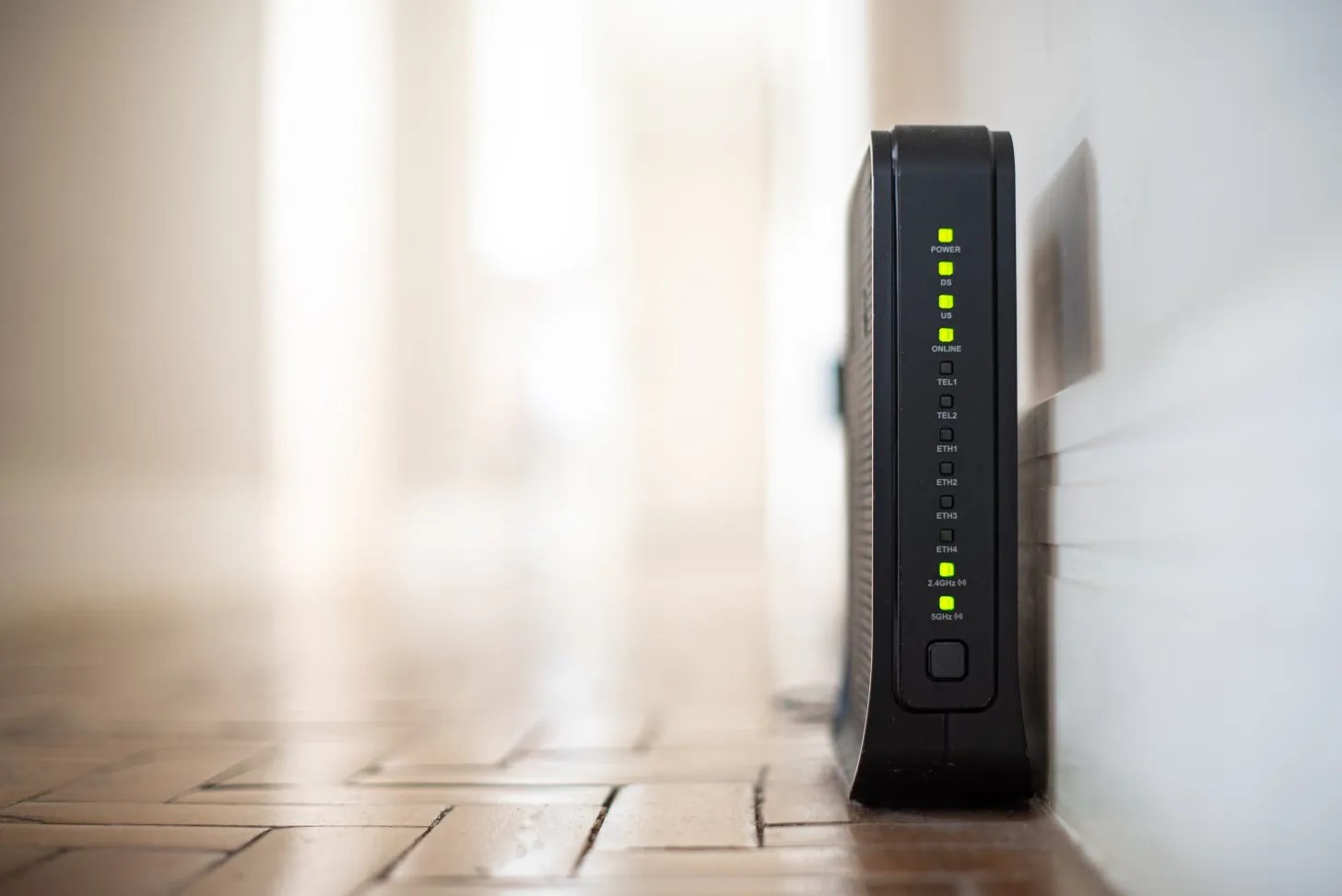
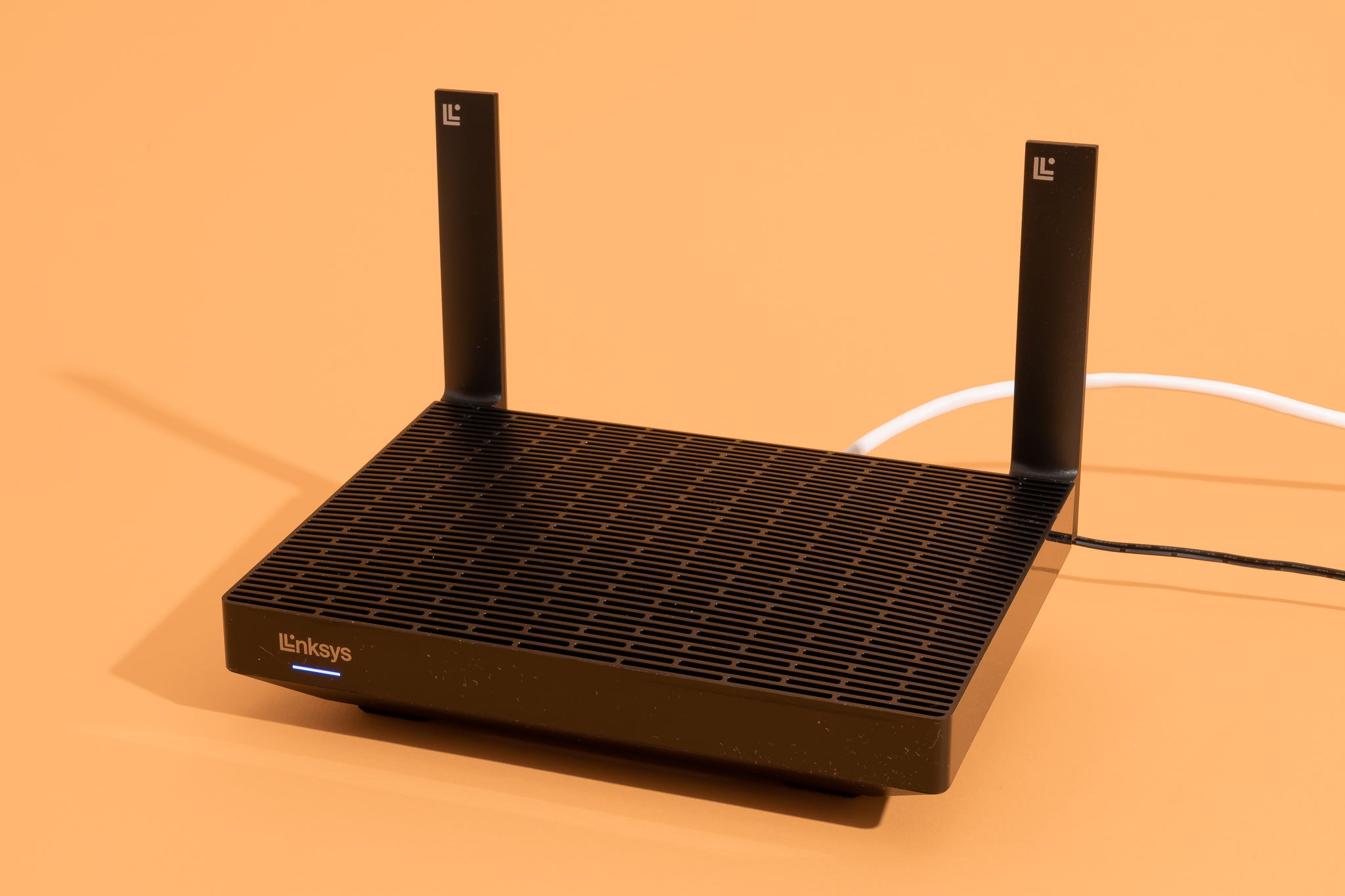

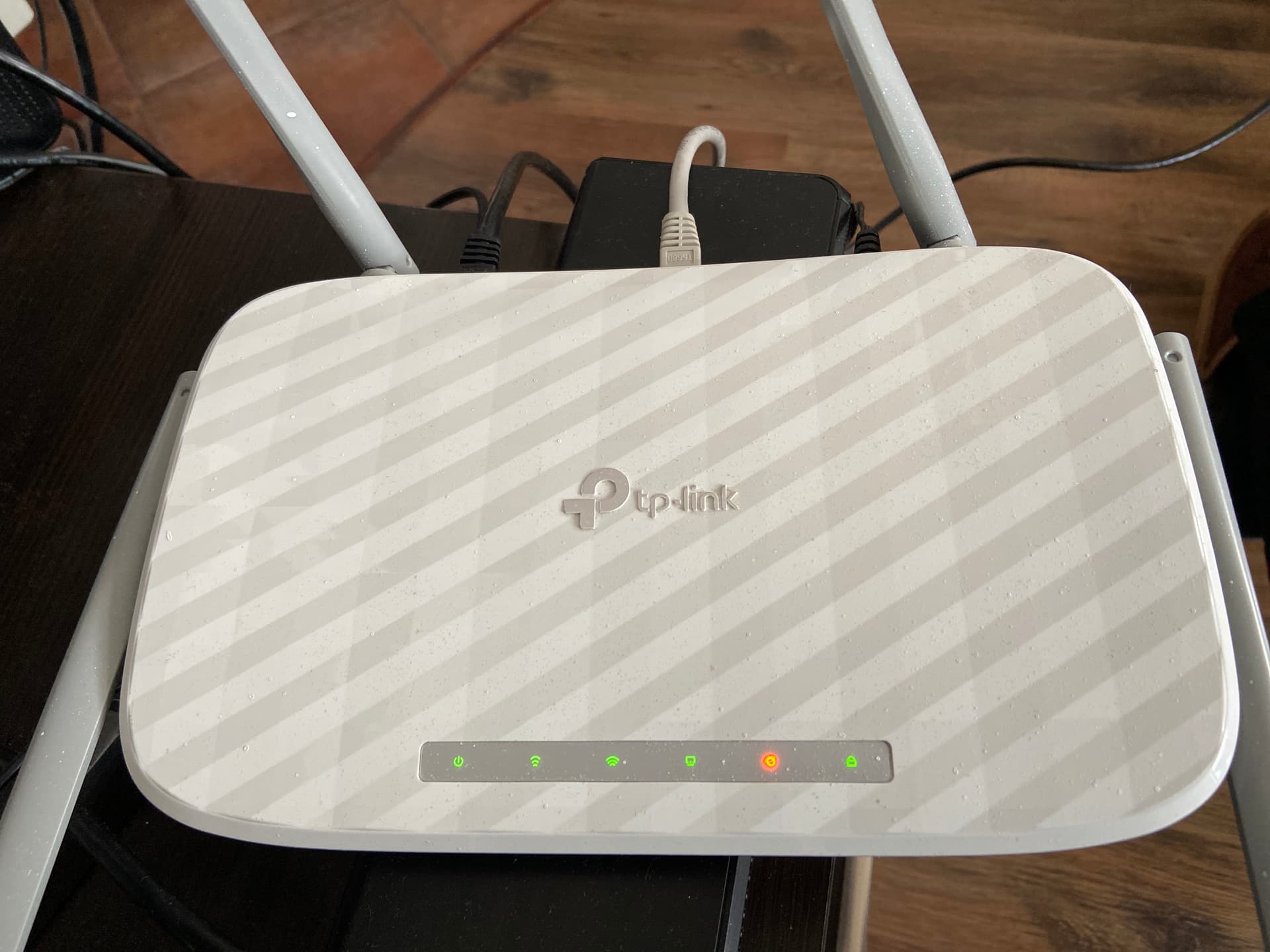
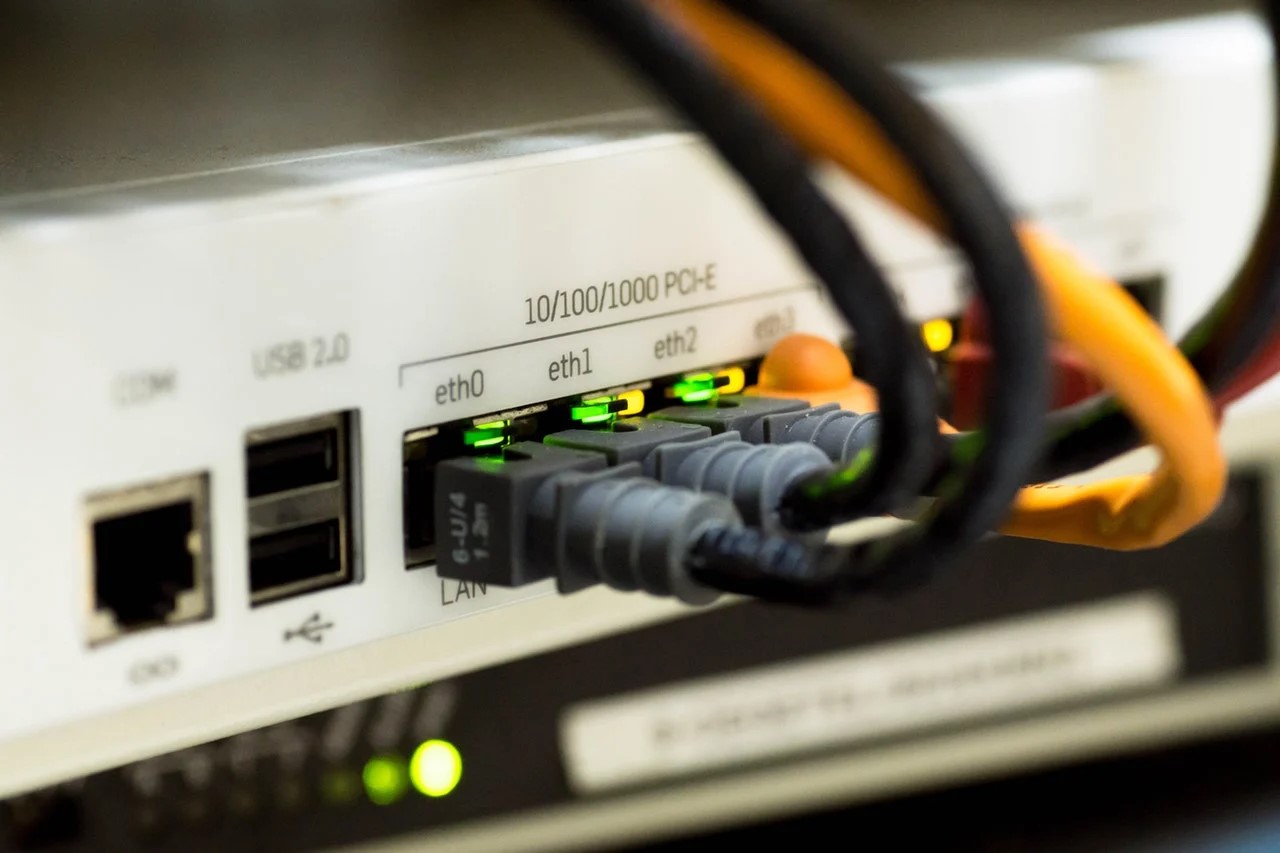
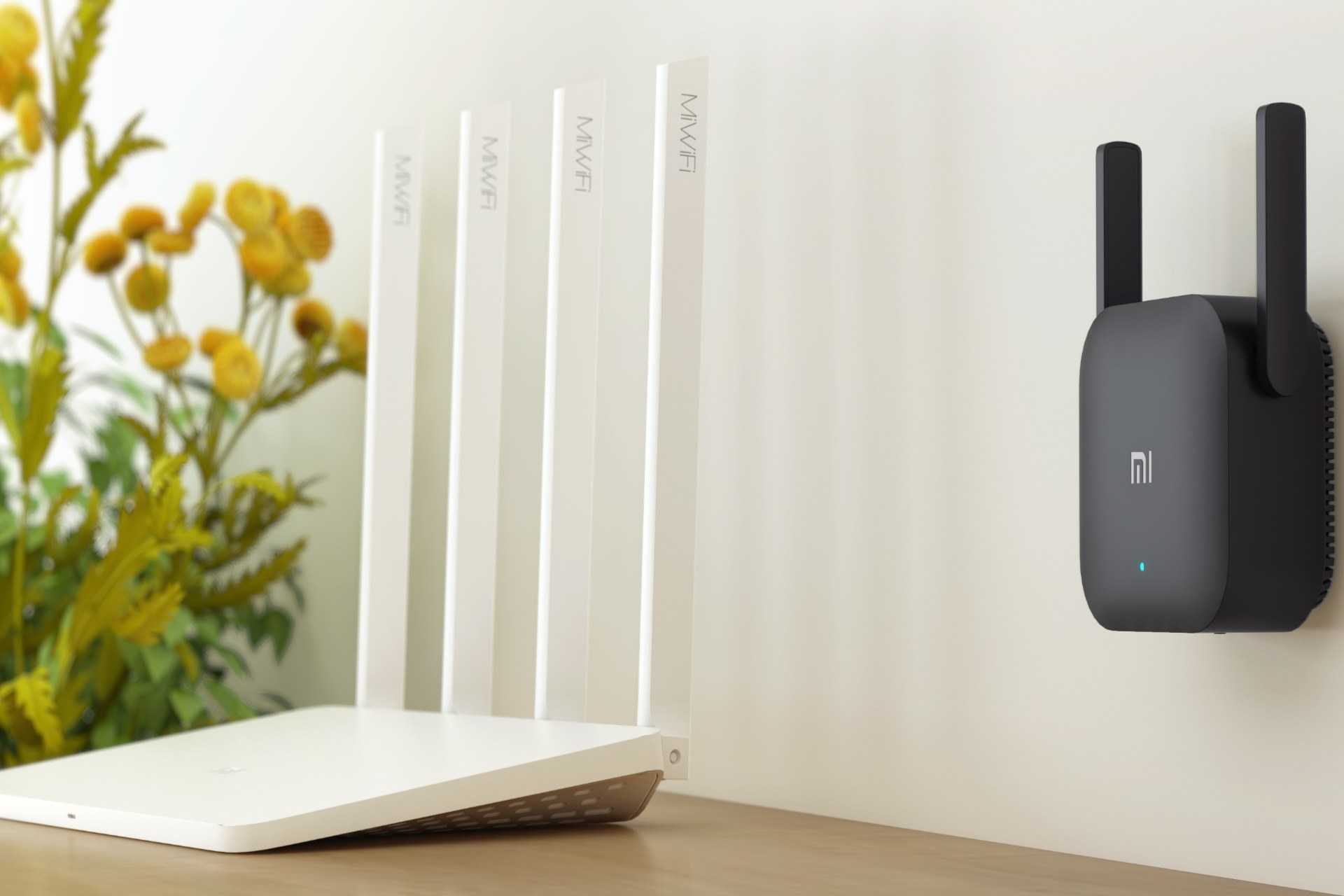
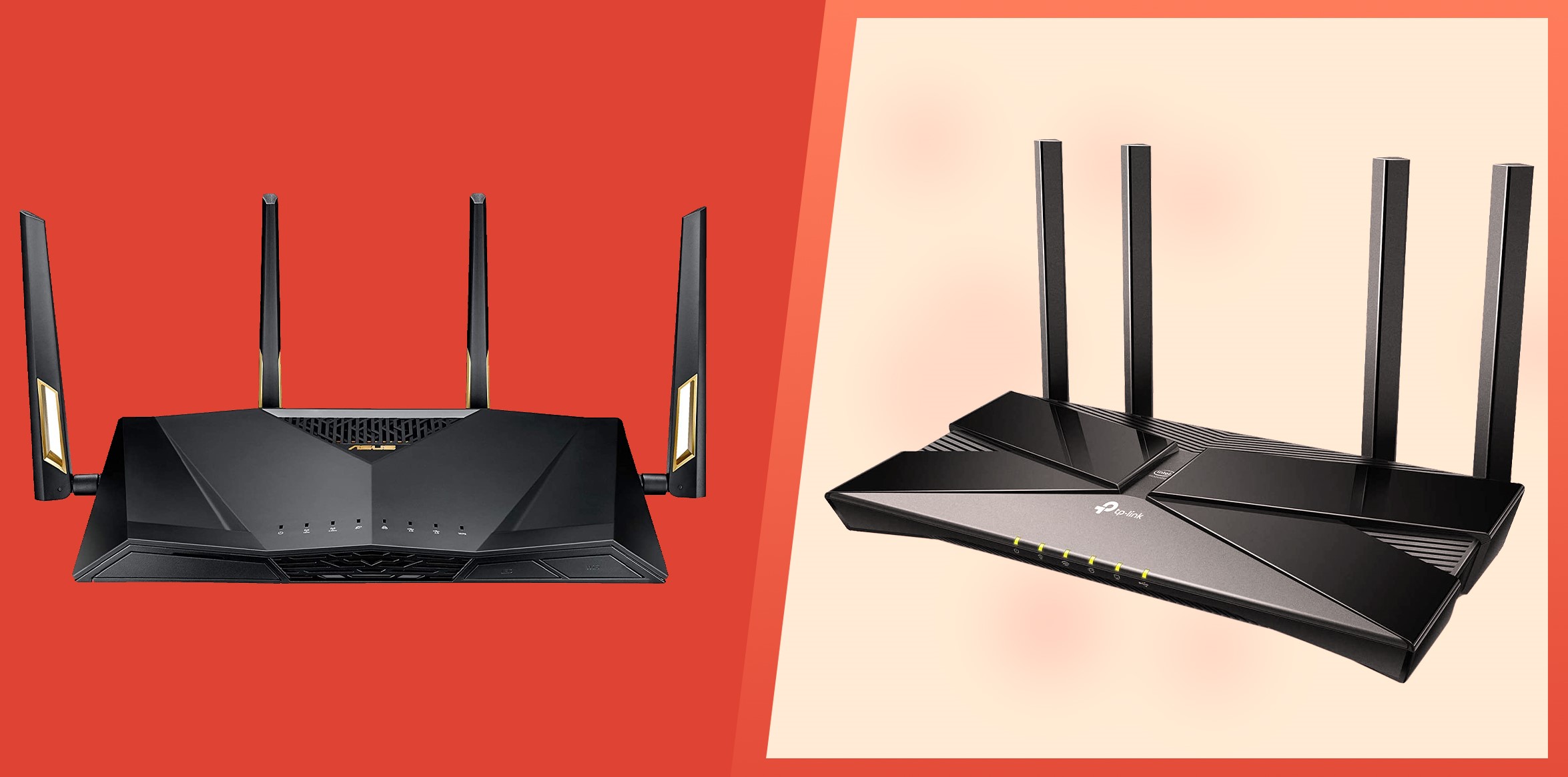
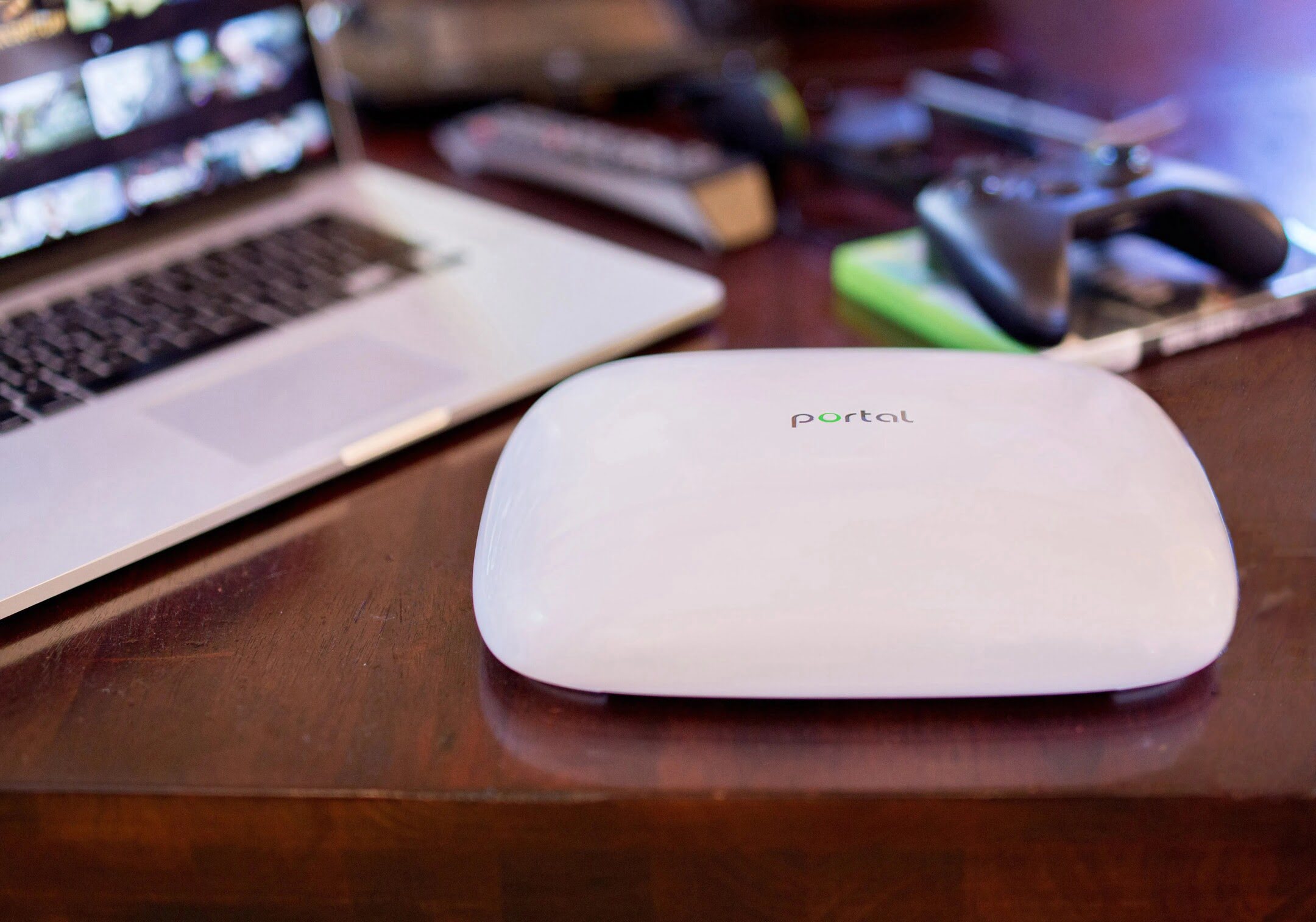
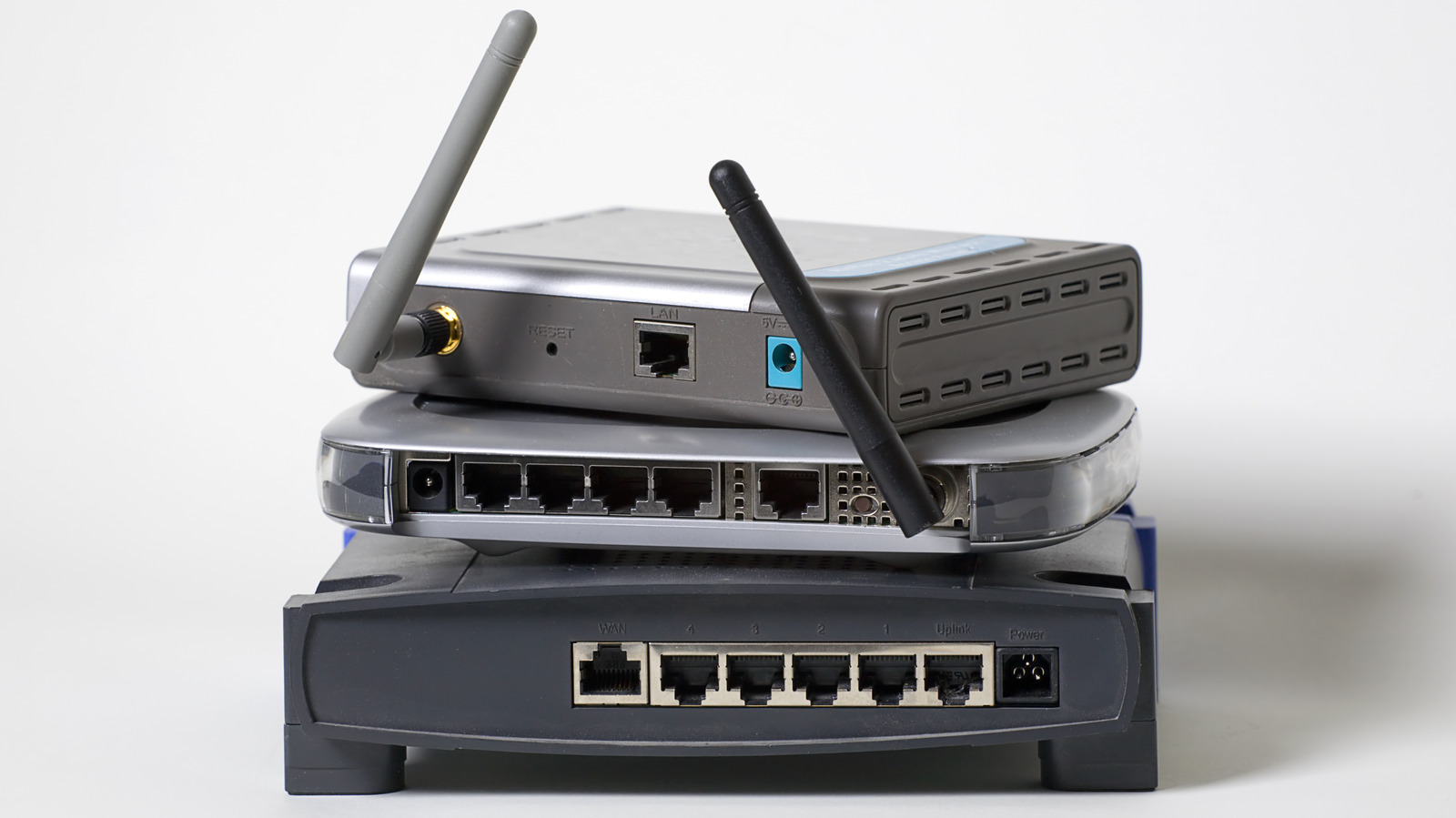
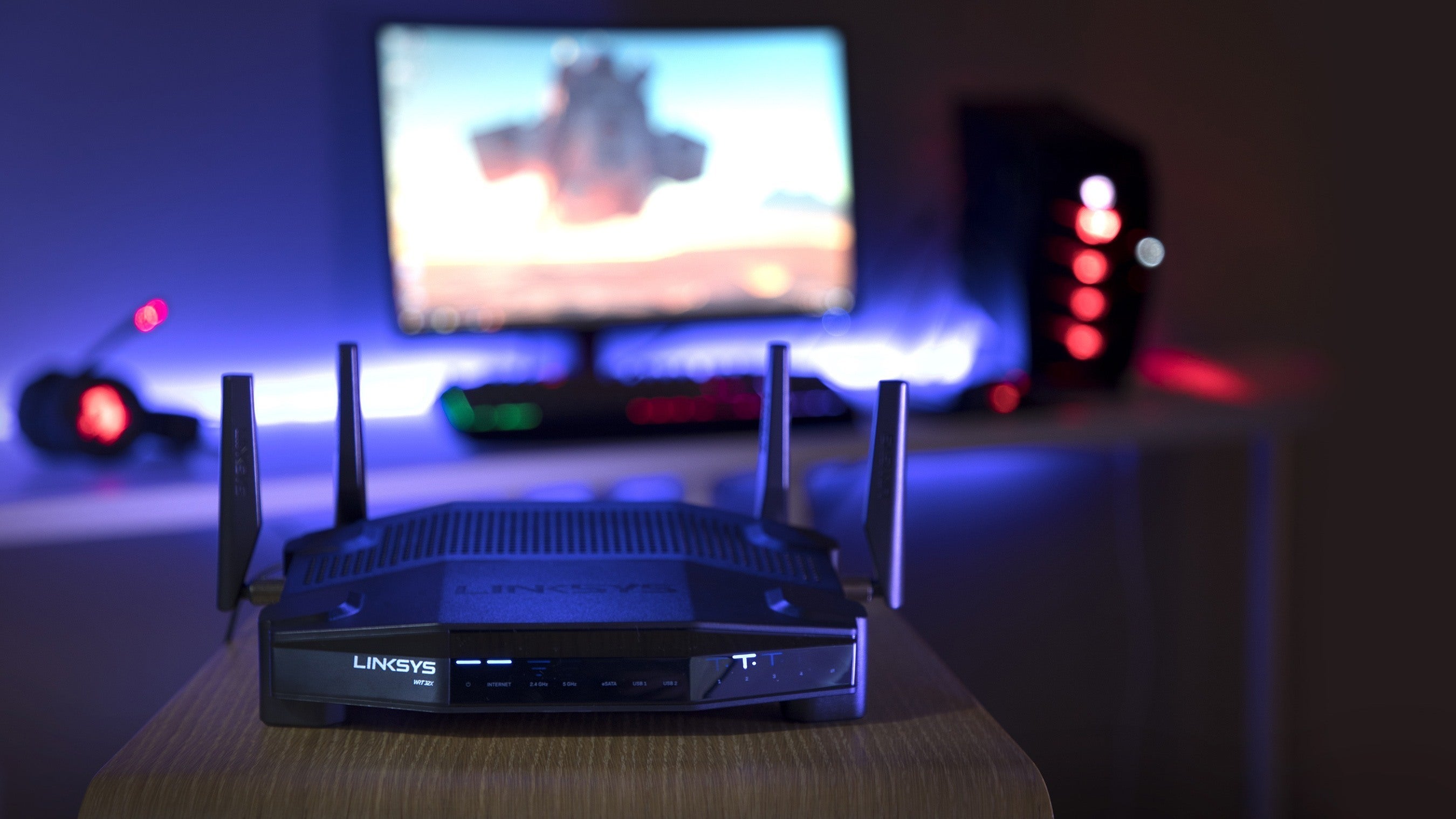
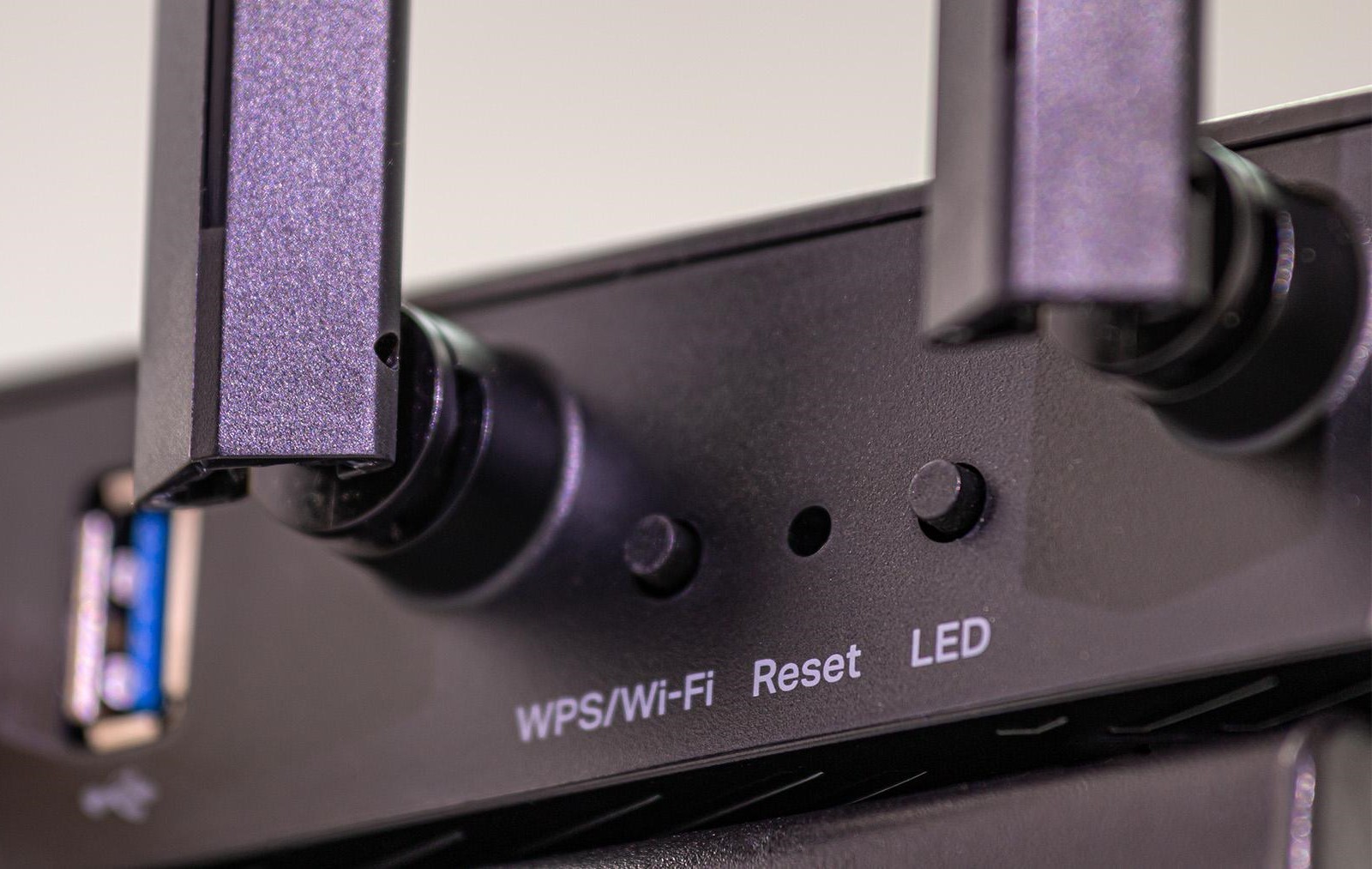
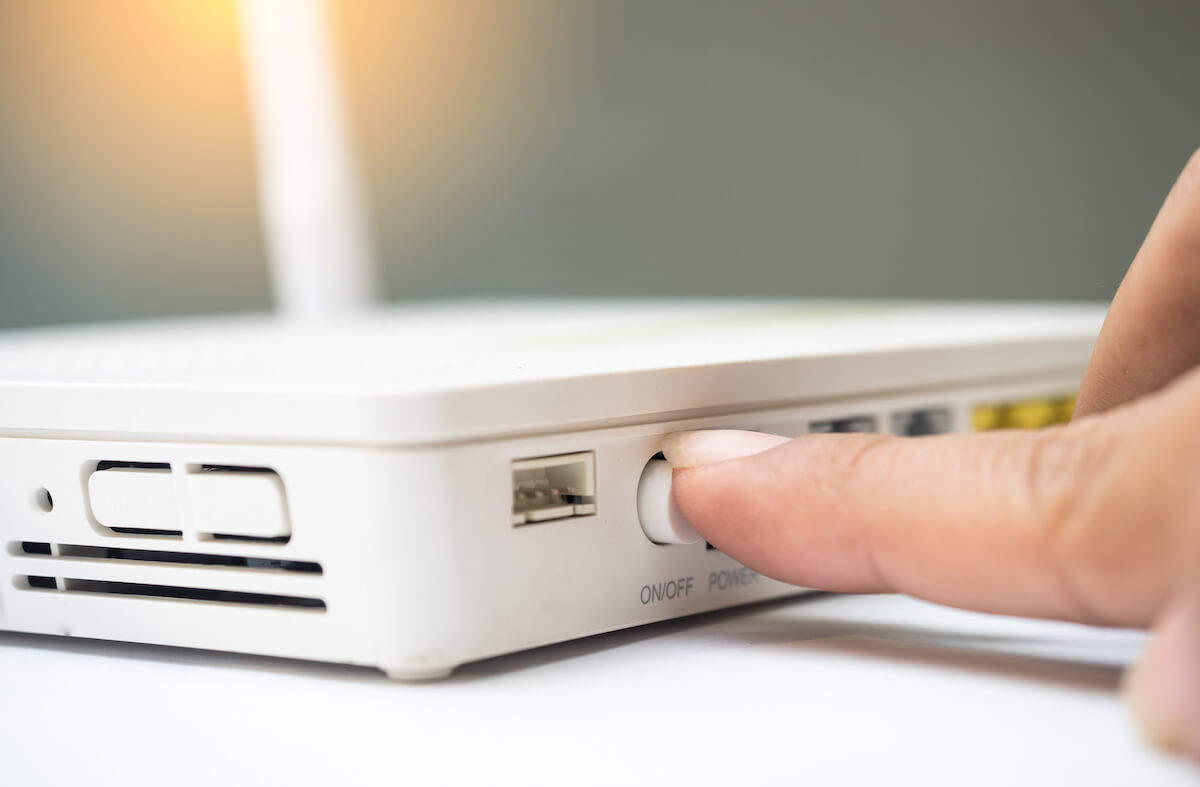
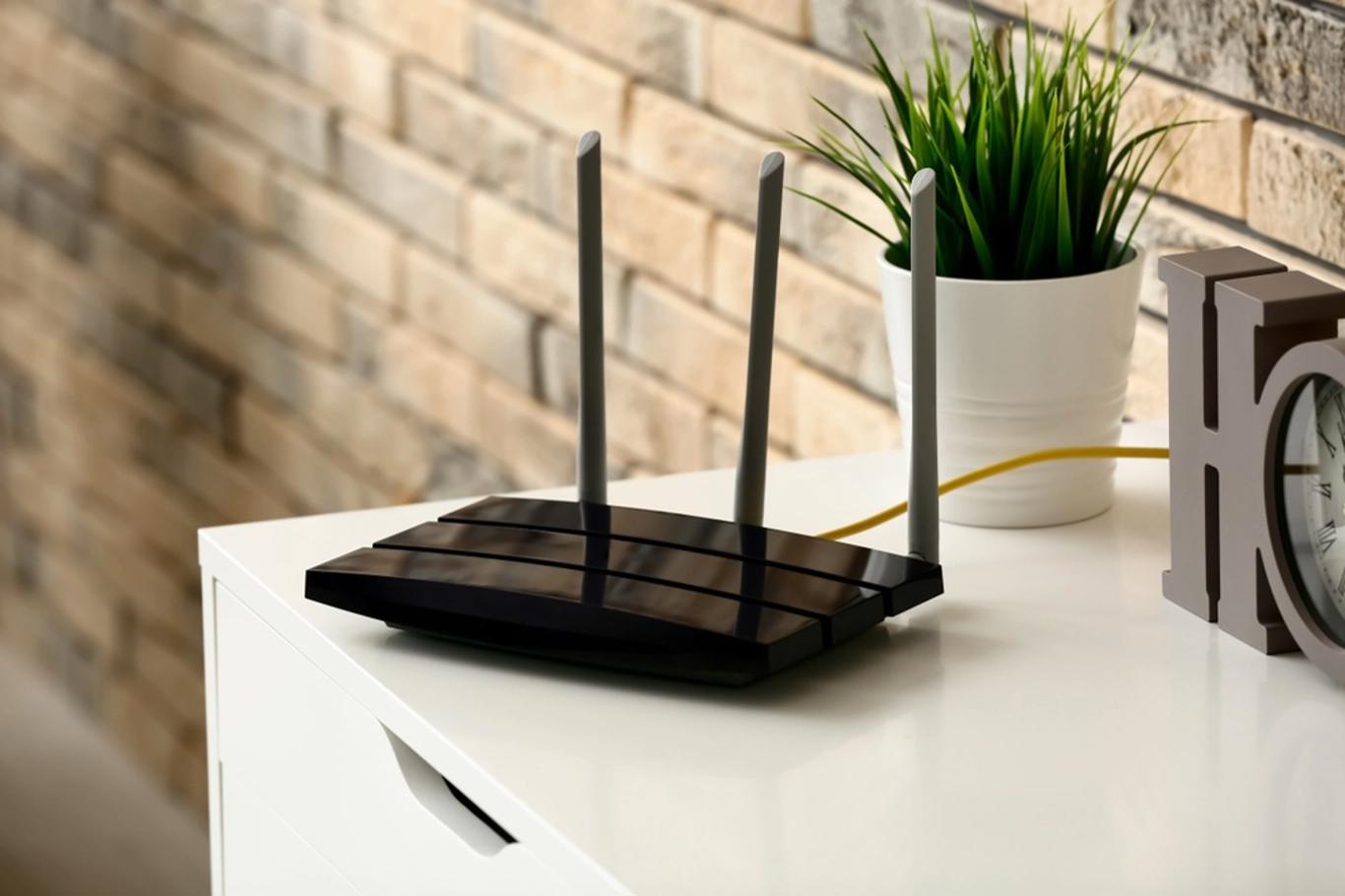
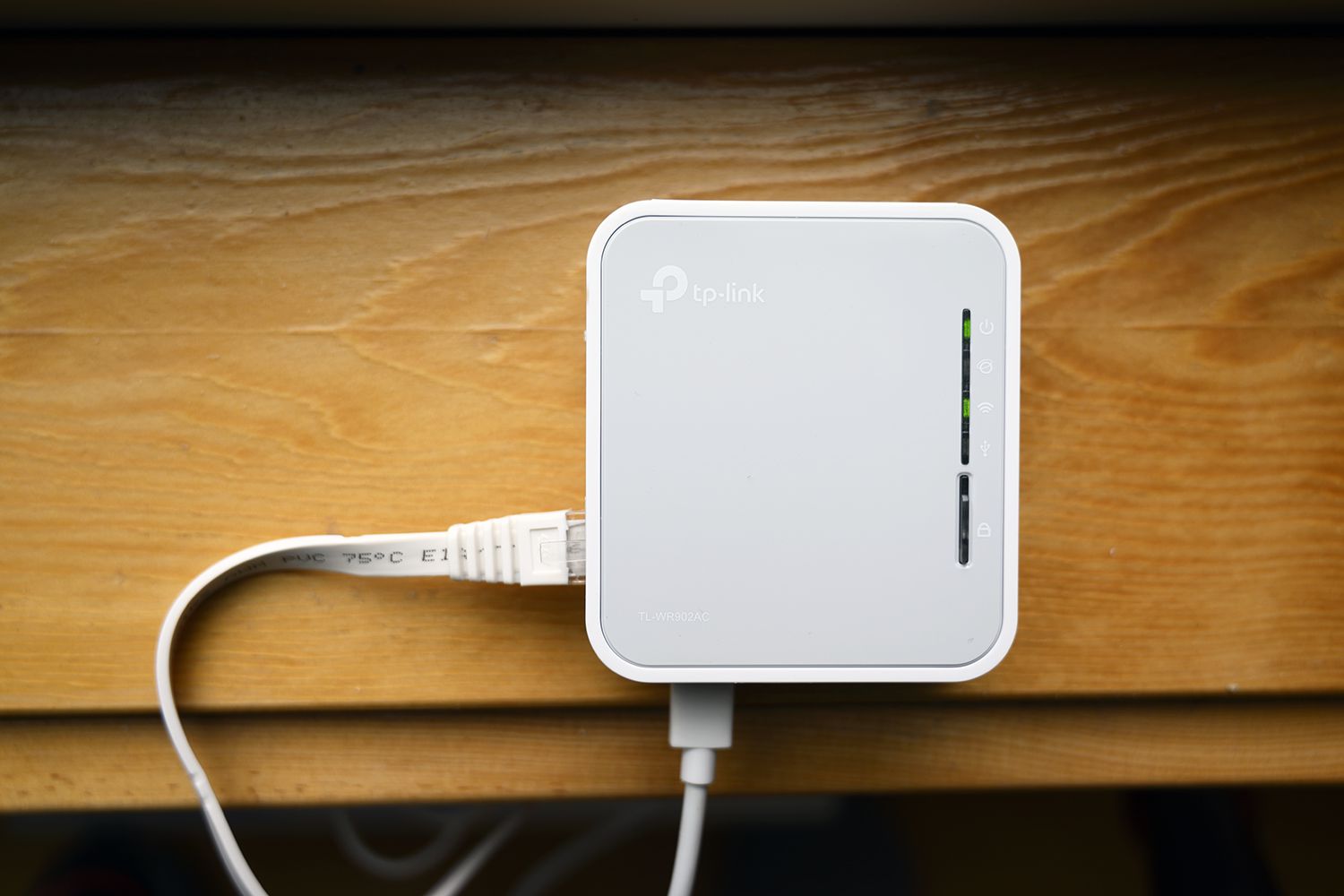
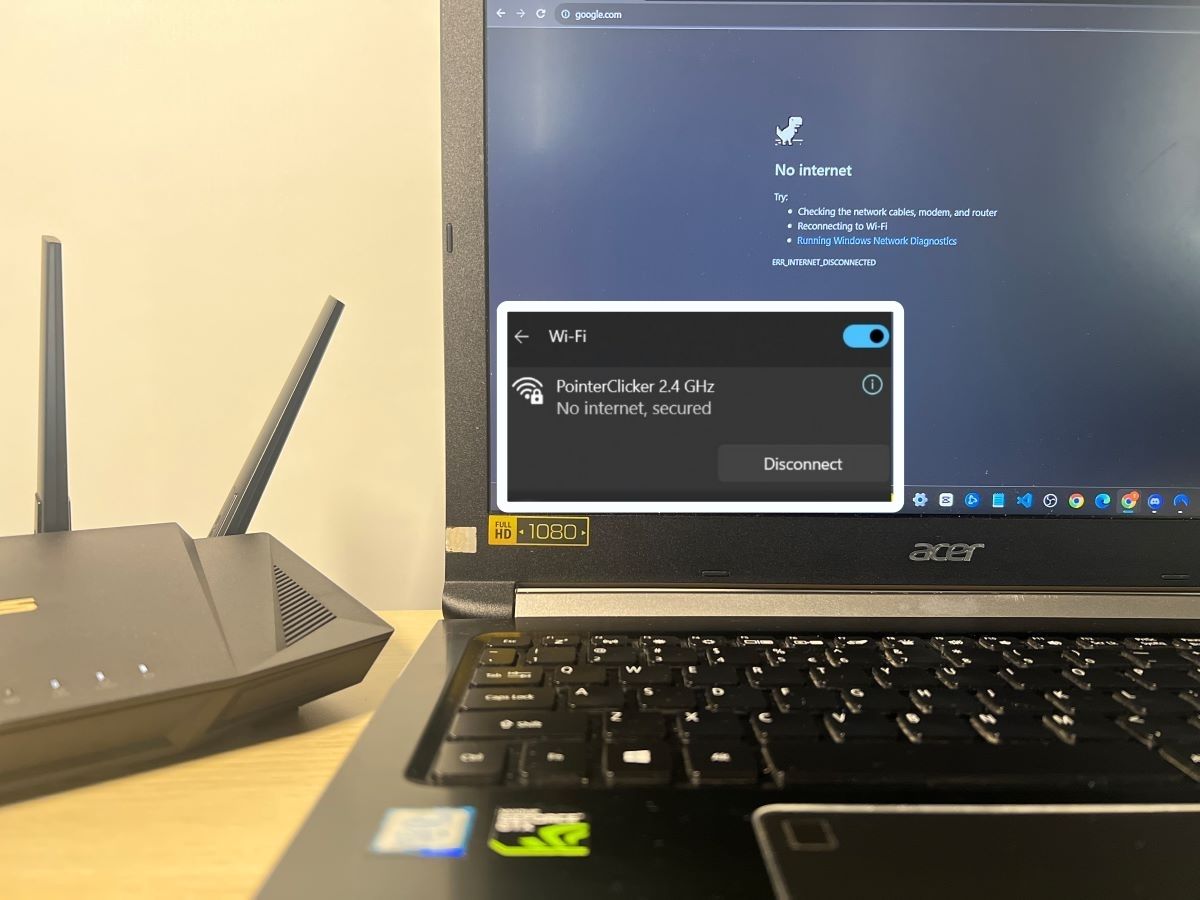

0 thoughts on “Why Wi-Fi Router Keeps Disconnecting”